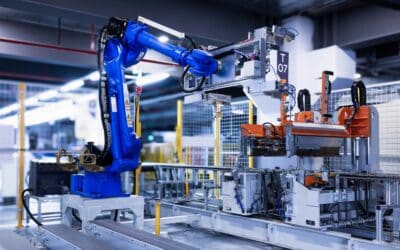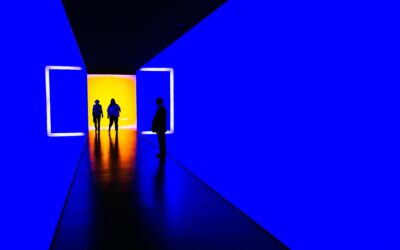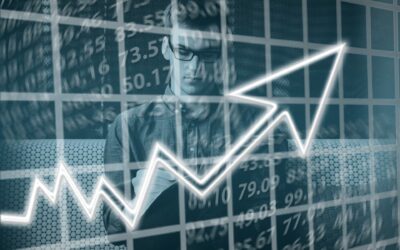If there were only one event that exemplifies the need for automation in industry, it would be the Coronavirus. Robotization, Industry 4.0 or the Smart Factory have been underway for several years. But none of these developments showed decision makers the importance of reliable and continuous production as strongly as this virus, which has been keeping the world out of breath since the end of last year.
If all goes well, this circumstance will no longer pose a dramatic problem for the industry, at least in the medium term. But the demands on automation and thus also on machine vision are continuously increasing. On the one hand – also triggered by the Coronavirus – more and more manufacturing processes are to be automated. On the other hand, automation itself is evolving: new algorithms and categories allow for more intelligent automation. Complex surfaces and shapes are being added in addition to the handling of workpieces that are not of the same type. And more extensive or difficult processes are now moving up the agenda.
How do these developments affect machine vision? Because it’s clear that they are creating additional challenges. So how is the industry dealing with them?
Already in full swing: Artificial intelligence in machine vision
People have been talking about it for several years, and now the action is following: artificial intelligence and deep learning are making their way into machine vision. But for robots and machines to reliably recognize workpieces and situations, they need large amounts of image information. Conventional algorithms are often unable to capture and process this in a meaningful way. Deep Learning, on the other hand, can still come up with a valid result thanks to its fundamentally different approach.
This improves quality inspection, object handling and positioning. The detection rate of misproductions increases immensely compared to human visual inspection. This opens up a new scope for automation.
The Connected Company as a precursor to the Smart Factory
Cloud applications and integration into the Smart Factory are not yet possible in machine vision: the data transfer of extensive image information and its processing currently still takes too long for inline automation. However, the first step in this direction has already been taken. There are already solutions on the edge in which all relevant information is exchanged at the required speed. The counterpart to the sensor and robot is usually installed in the control cabinet as an industrial PC. Due to the greater proximity, the complex calculations are carried out faster – the entire process does not suffer any delays as a result. It will probably still take some time before a centrally controlled smart factory is a reality. However, the first steps have already been taken.
Predictive maintenance dares to look into the future
The concept really has little to do with fortune-telling: predictive maintenance is better translated as “anticipatory maintenance”. Vision systems will play a central role here in the future. This is because the increasing quality of today’s sensors enables them to detect even the smallest changes in workpieces and surfaces. Together with intelligent algorithms, it will thus be possible to bundle these findings into timely maintenance instructions. Especially for expensive capital goods, machine vision-based predictive maintenance can make an important contribution to cost efficiency.
Cobot vision: Colleague robot learns to see
Another growing trend in industrial manufacturing: Human-robot cooperation (HRC) using cobots. When the safety barriers between humans and machines come down, humans must not be endangered by their technology-driven companion at any second. In addition to extensive safety measures at the programming level, this requires an appropriate perception capability. Modern 3D vision sensors help cobots meet these requirements. In doing so, they must be able to record all relevant information in fractions of a second and send it to the processing center. This is the only way to ensure safe MRK in everyday work.
Pushing the boundaries of the visible – new imaging techniques
Finally, it should not be forgotten that the range of what is visible to robots and machines is also continuously expanding. New imaging techniques are thus creating innovative ways to extract additional information from an image capture. The chemical composition of a sample, for example, can be recorded using hyperspectral imaging. Polarization images help to gather information about the stress of an object and other physical data. Computational imaging, in turn, enables further detail in previous images by combining multiple images into one.
New methods and approaches are continuously expanding the capabilities of industrial image processing. They thus make an important contribution to making productions worldwide even more crisis-proof in the future.



